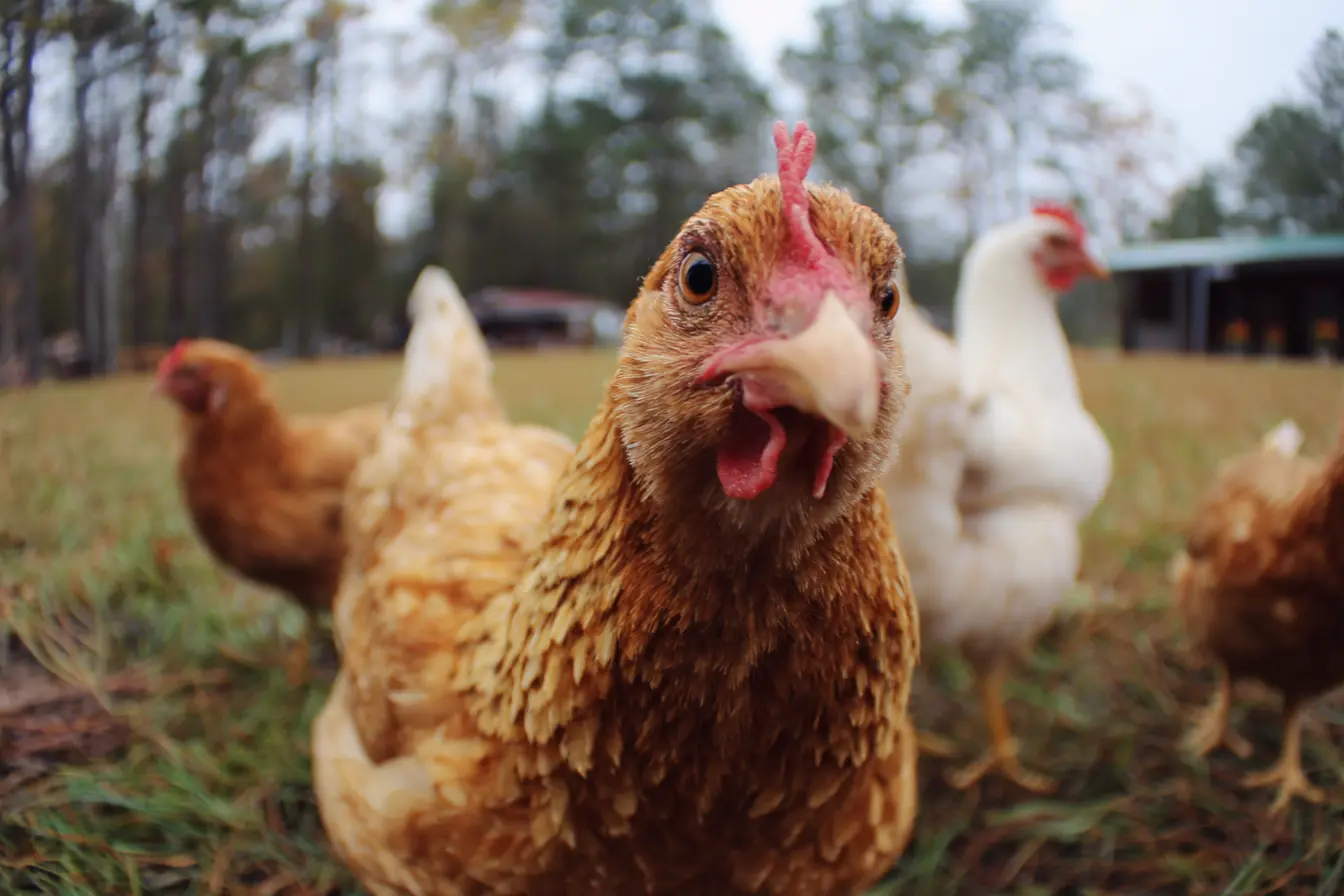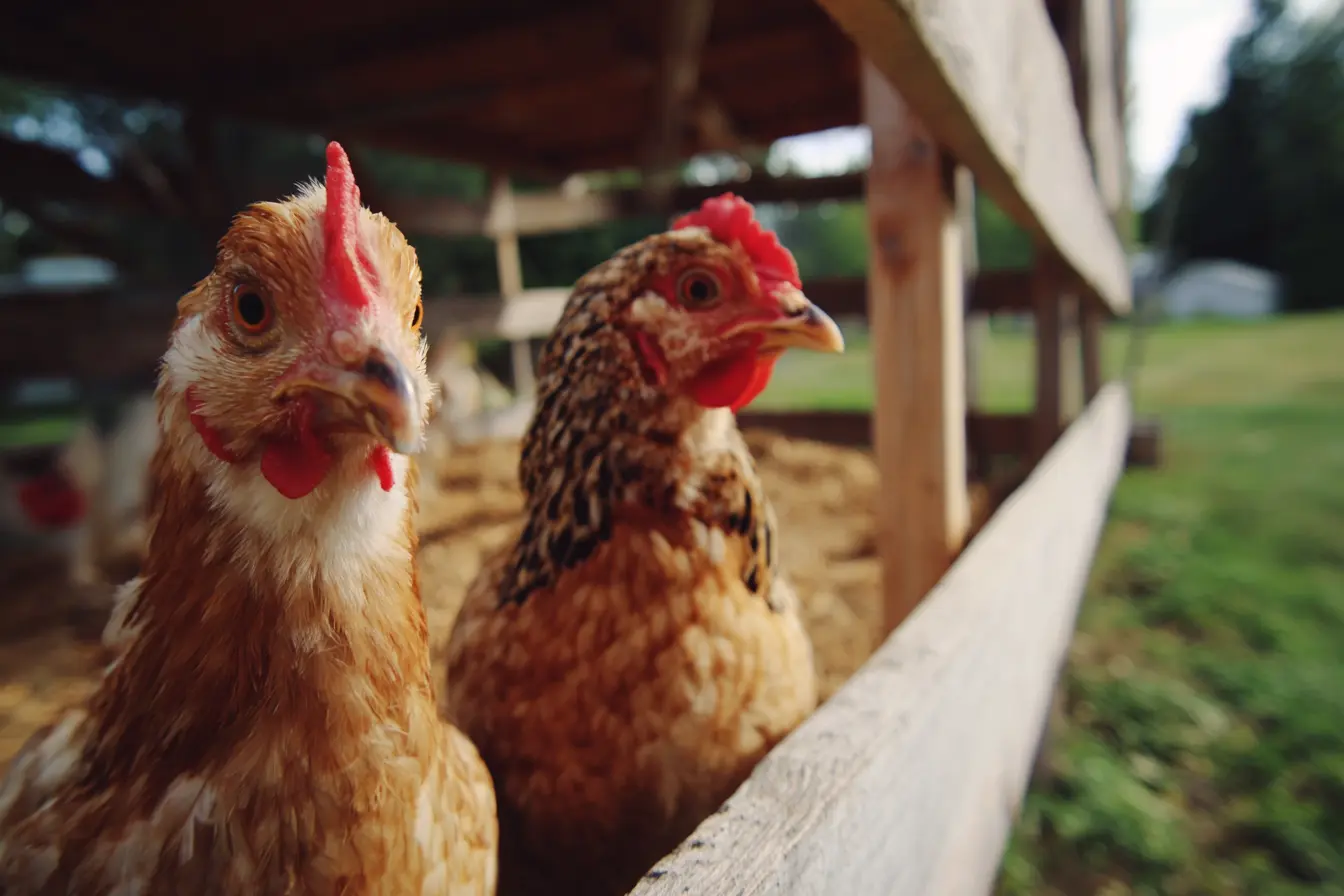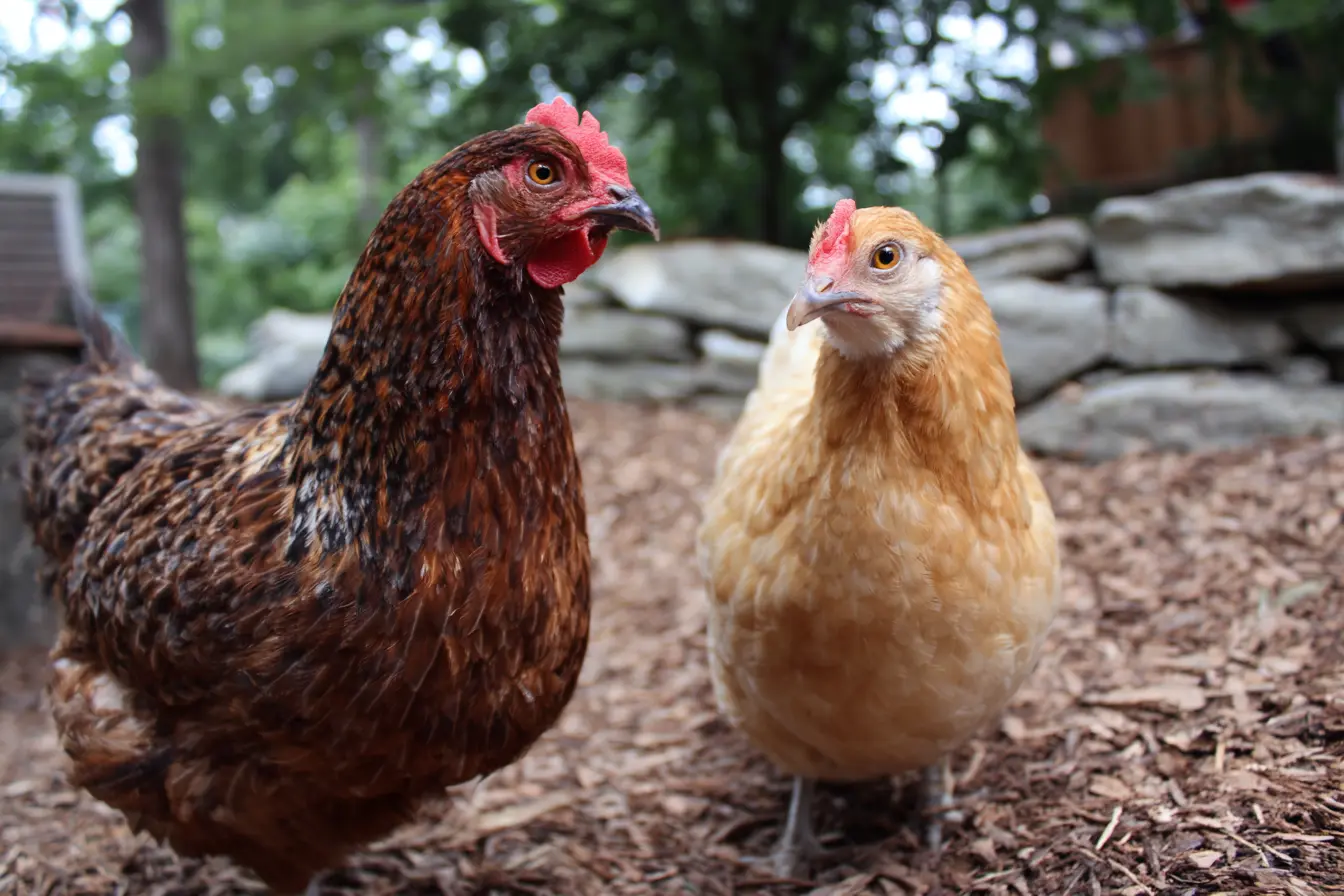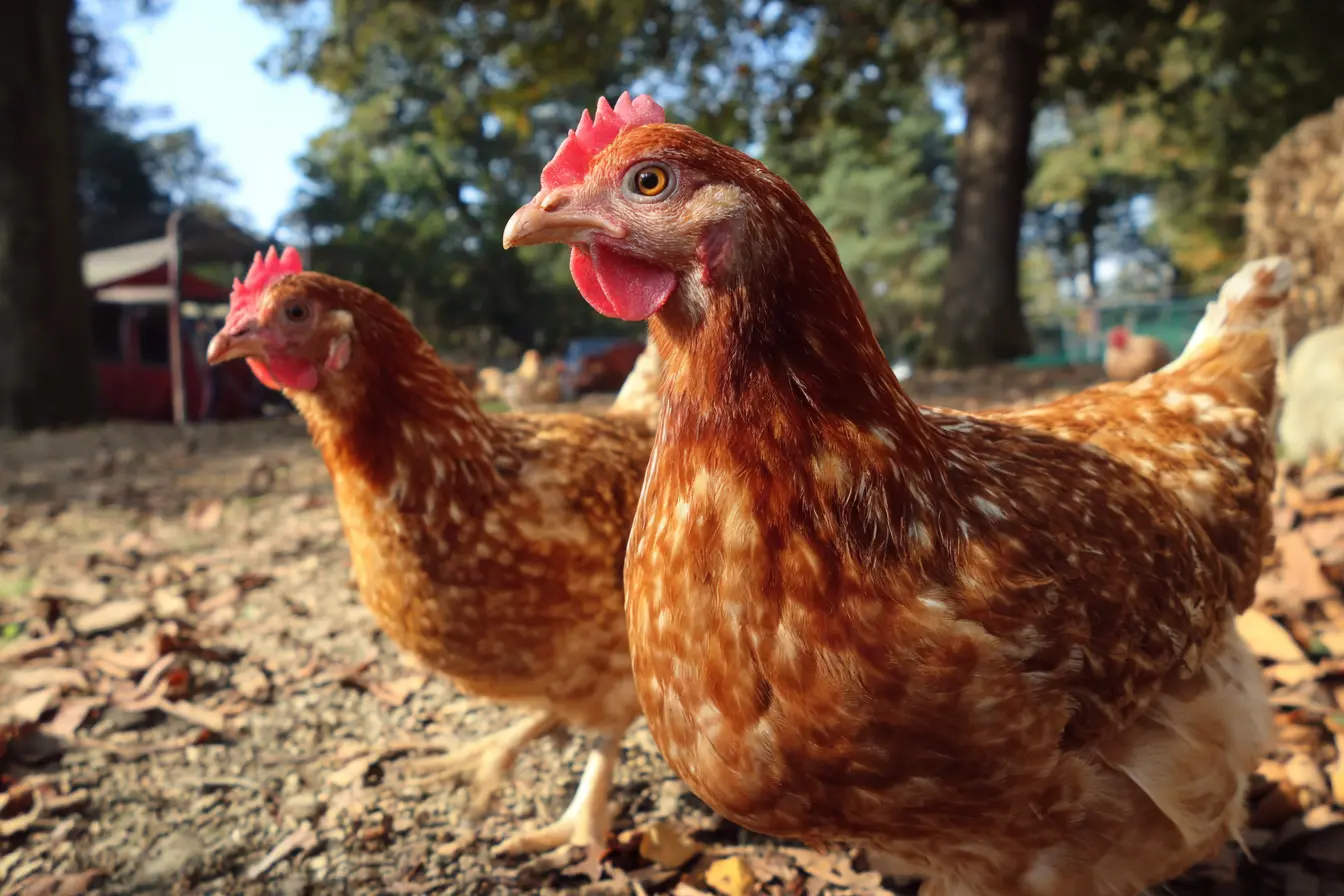
Sour Crop in Chickens: A Complete Guide
Sour crop is a common digestive disorder in chickens that can cause discomfort, weight loss, and even death if left untreated. Often confused with impacted crop, sour crop is a condition where the contents of the crop ferment, leading to a foul-smelling, mushy mass. In this post, we explore everything you need to know about sour crop in chickens: what it is, how it develops, signs and symptoms, treatment options, prevention, and aftercare.
What is Sour Crop?
Sour crop (also known as crop candidiasis or crop mycosis) is a condition in which the crop fails to empty properly, allowing food and liquid to remain stagnant. This creates an ideal environment for yeast, particularly Candida albicans, to multiply, resulting in fermentation and an overgrowth of yeast.
This fermentation causes the crop to swell with gas and fluid, leading to a sour or rotten smell. While it can occur on its own, sour crop often follows crop impaction or other underlying issues that slow or stop the emptying of the crop.
Causes of Sour Crop
Sour crop is typically secondary to an underlying issue that disrupts normal crop emptying. Common causes include:
- Crop impaction: Blockages prevent food from moving through the digestive system
- Ingestion of mouldy or spoiled food
- Overconsumption of long grass or fibrous material
- Antibiotic use: Disrupts the balance of gut microflora
- Lack of grit: Hinders digestion, especially in free-ranging birds
- Stress: Weakens immune function and gut health
- Dehydration: Slows digestion and encourages fermentation
- Underlying illness or parasitic infection
Once the crop becomes stagnant, yeast proliferates and ferments the contents, producing gas and foul odours.
Symptoms of Sour Crop
Chickens with sour crop often display several noticeable signs. These may include:
- Squishy, fluid-filled crop that does not empty overnight
- Foul, sour or fermented odour from the beak
- Regurgitation of fluid when the crop is massaged
- Lethargy or depression
- Loss of appetite
- Weight loss or poor body condition
- Reduced egg production
- Poor feather quality
- Bad breath
It is important to distinguish sour crop from impacted crop, which typically presents with a hard, solid mass in the crop rather than a squishy, fluid-filled one.
Diagnosing Sour Crop
Sour crop is usually diagnosed by physical examination and the bird’s history. To check the crop:
- Feel the crop first thing in the morning, before the bird has eaten. It should be empty.
- If it feels soft, swollen, and filled with fluid, and emits a sour smell, sour crop is likely.
Veterinary diagnosis may include:
- Microscopic examination or culture of crop contents
- Endoscopy (in advanced diagnostic settings)
- Ruling out other digestive issues like impaction or foreign bodies
Treatment of Sour Crop
Treating sour crop involves addressing the yeast overgrowth and any underlying cause. Prompt action increases the chances of recovery.
Emptying the Crop
If the crop is very full and squishy, it may need to be emptied:
- Hold the chicken securely, tipping her forward briefly (head lower than body) to allow fluid to drain.
- Allow only 3–5 seconds to avoid aspiration into the lungs.
- Repeat up to two times per day as needed.
- Do not attempt this unless you are confident, as aspiration can be fatal. Seek veterinary help if unsure.
Withholding Food
- Remove feed for 12–24 hours (do not withhold water) to allow the crop time to rest and settle.
- Reintroduce soft, bland food such as soaked pellets or scrambled egg once the crop begins to function normally.
Antifungal Treatment
- Administer antifungal medication such as nystatin, clotrimazole, or miconazole as prescribed by a vet.
- Some poultry keepers use gentian violet or apple cider vinegar as supportive home remedies, but these are not substitutes for veterinary antifungals.
Probiotics
- After antifungal treatment, offer probiotics to help restore the balance of gut flora.
- Yoghurt (plain, unsweetened) can be given in small amounts as a natural probiotic, although some vets caution against dairy in birds.
Crop Massage
- Gently massage the crop several times daily to assist movement and break up remaining contents.
- Always massage downward, toward the proventriculus, and never force regurgitation unless under guidance.
Recovery and Aftercare
Recovery depends on the severity of the condition and how early treatment begins. Once the crop is functioning normally:
- Feed soft, easily digestible foods for several days
- Provide access to grit to aid digestion
- Monitor the crop each morning to ensure it is emptying overnight
- Avoid access to long grass or spoiled food during recovery
- Address any underlying causes (e.g. diet, environment, hygiene)
Preventing Sour Crop
Preventing sour crop is often a matter of good flock management. Key strategies include:
- Clean, fresh water available at all times
- Balanced diet with appropriate feed, not just kitchen scraps or forage
- Avoiding mouldy or spoiled food
- Access to grit, especially for free-range birds
- Routine cleaning of feeders and waterers
- Regular health checks to spot early signs of digestive issues
- Prompt treatment of impacted crop or parasitic infections
When to Seek Veterinary Help
Sour crop can become serious or even fatal if not treated properly. Contact a vet if:
- The crop does not empty after 48 hours of treatment
- The bird is vomiting or regurgitating repeatedly
- The chicken is unable to eat or drink
- You suspect the bird has inhaled crop contents during drainage
- Weight loss and lethargy worsen despite treatment
Key Takeaways
- Sour crop is a condition where yeast overgrowth ferments stagnant crop contents
- It causes a squishy, sour-smelling crop, lethargy, and digestive distress
- Treatment includes emptying the crop, antifungal medication, and supportive care
- Prevention involves good husbandry, balanced feeding, and monitoring crop function
- Early detection and treatment are critical for a good outcome
Final Thoughts
Sour crop is uncomfortable and potentially dangerous, but it is also highly preventable with proper flock management. By keeping your chickens’ environment clean, offering a balanced diet, and regularly checking their crop health, you can greatly reduce the risk of this condition. If it does occur, acting quickly and seeking veterinary advice can make all the difference in your bird’s recovery.
Vets near you
Speciality vets
- Aquatics vet specialists
- Birds vet specialists
- Camelids vet specialists
- Cats vet specialists
- Cattle vet specialists
- Deer vet specialists
- Dogs vet specialists
- Equines vet specialists
- Exotic vet specialists
- Goats vet specialists
- Pigs vet specialists
- Poultry vet specialists
- Sheep vet specialists
- Small Mammals vet specialists
- Wild vet specialists



